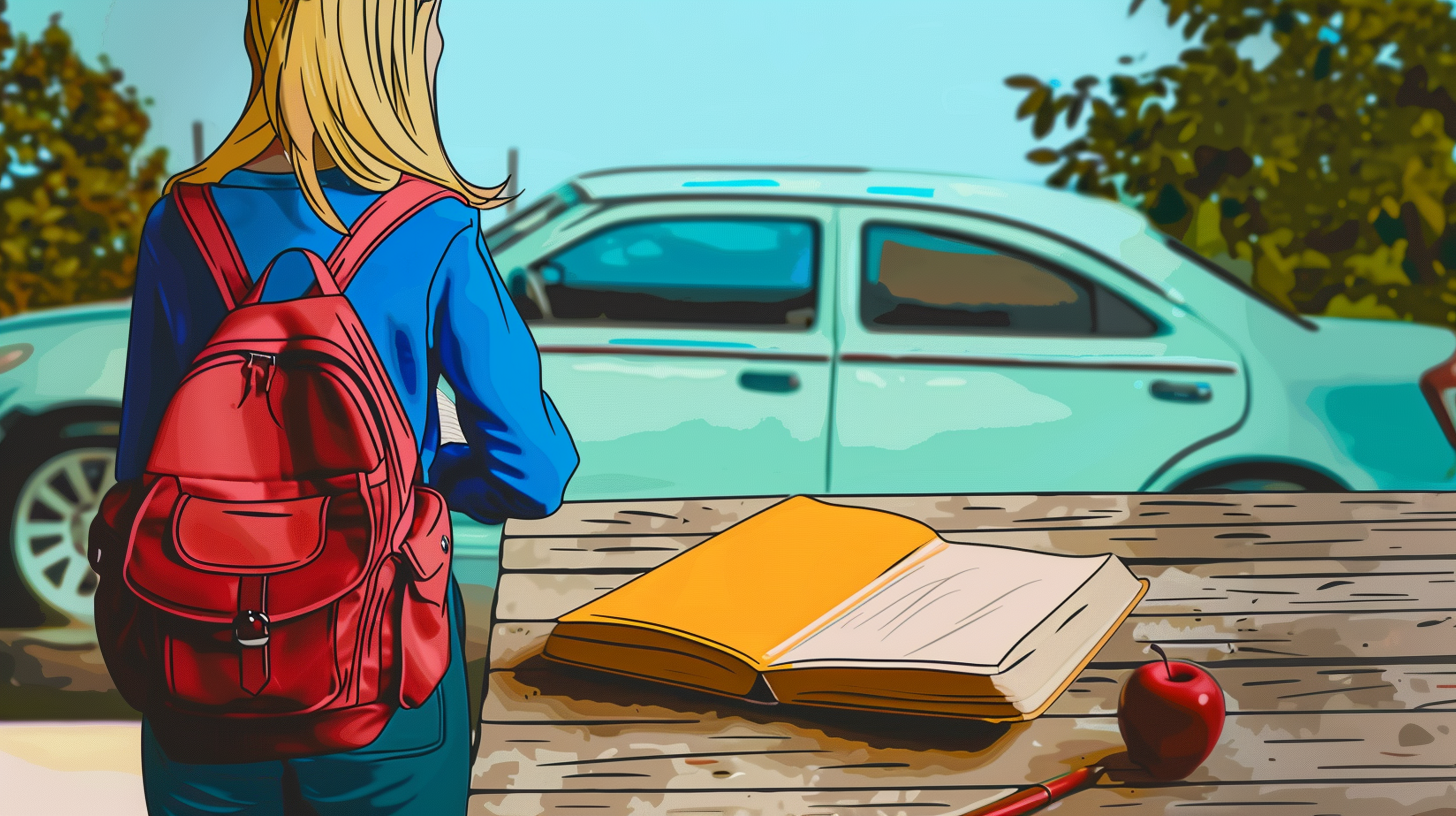Candidates are often nervous when they arrive at the DriveTest location. It’s a normal reaction -- after all, getting your driver’s licence is an important step in life.
Even those who are well-organized can forget about the essentials. Excitement and anxiety could make you forget important documents that are necessary for submitting an application, but we’re here to help you prepare in advance.
As soon as you turn 16 years old, you are ready to start a journey that will make you an official driver on Canadian roads.
Like 28 million other drivers, you also have what it takes to get through the 2-year-long process. G1 is just the beginning -- obtaining it will unlock an additional G2 and a full G licence.
Approach the exam with the mentality of a winner and face your fears because it’s the only way you can get rid of the stress and anxiety that are often present on the big day. Victory tastes sweet when you hit the roads as a newly licensed driver!
Before You Leave Home
Driving is a skill, and nobody is born with it. Like any other ability, you develop it with practice and perseverance. Patience is key, so don’t rush through this process even if you’re excited to start cruising down the highways.
Before practice comes theory, and the driver’s handbook is probably your first choice. Take your time to fully grasp the rules of the road and the traffic signs, but you can also use online interactive tools to make learning much easier.
When you show up to a DriveTest location prepared and confident, there’s no doubt that you will ace the exam.
Keep in mind that you don’t have to schedule the G1 knowledge test in advance. Appointments are not required since the system works on a first-come, first-served basis. Because clear vision is crucial for road safety, you will also need to pass a vision test.
Let’s have a quick look at the new rules you will have to follow as a driver with a fresh G1 licence:
- No driving between midnight and 5 AM
- Must have zero blood alcohol level while driving
- Must always drive with a passenger who has 4 years of experience and holds a full G licence
- Not allowed to drive on 400-series highways or high-speed expressways
- Never transport more passengers than seat belts in the vehicle
All excellent drivers have something in common -- they learned the basics before mastering this skill. Everyone is familiar with the difference between a green and a red light, but fear and nervousness could cause a beginner to make ridiculous mistakes.
To make sure that you are fully prepared, you can also practice on a free Ontario G1 test before you face the real deal.
Meanwhile, we’ll present the 5 things you need for the G1 test.
1. Payment
A fee of $159.75 CAD covers the knowledge exam, a vision test and the issuing of your initial G1 licence. This payment can be made on the spot at your nearest DriveTest Centre, where you’ll have the option to choose between cash, credit or debit card. Paying in advance is also possible for those who book their test on the official website, which will require an online payment.
2. Proof of Residence
Your address needs to be confirmed by the authorities responsible for the registration process. Proof of residence is easy to obtain, and you won’t have to turn your home upside down to find it. Any recent official document that has your name and address on it will do, such as a utility bill or bank statement.
3. Identification Documents
You must provide a form of identification that proves you are currently residing in Canada. Permanent and temporary residents, international students and Canadian citizens are all eligible to apply for this test. Bring your passport, citizenship card or birth certificate in the original form.
4. Glasses or Contact Lenses
Sharp vision is required for every driver, hence the mandatory eye exam. However, you can bring prescribed contact lenses or glasses that help you see better. If you pass the vision test, a mention will be added to your licence indicating you must always wear corrective lenses while driving.
5. Bottle of Water
Dehydration lowers attention and focus, making it difficult for you to find the right answers. The exam itself includes 40 questions related to traffic signs and road rules. Most candidates take up to 30 minutes to complete it, which is enough time to experience the first symptoms of dehydration. Bring a bottle of water with you -- it keeps your mind sharp.
What Happens Next?
Are you ready to take the first step toward becoming an official driver? Preparation is crucial, but having an organized approach could boost your results significantly. Get your documents in order, learn the basic knowledge and replace insecurity with confidence.
Don’t get discouraged if you fail the test. All students get unlimited tries as long as a fee of $16 CAD is paid. Remember that only practice makes perfect, but you should also focus on the areas that need improvement.
